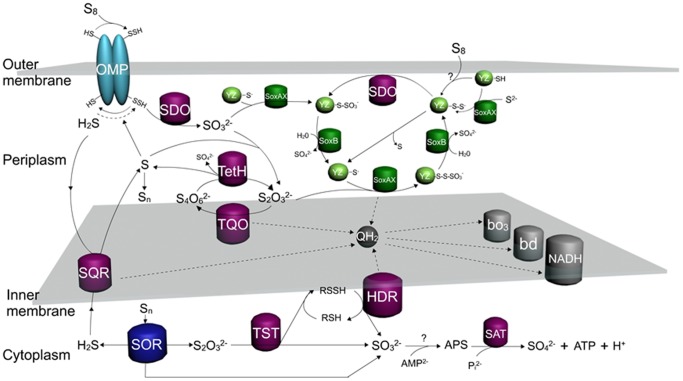Figure 4. Model of sulfur oxidation in A. caldus.
The sulfur oxidation system involves varied sulfur oxidation pathways and the electron transfer system in different cellular compartments. Starting from the extracellular elemental sulfur (S8), it is activated and transported into the periplasmic space as persulfide sulfur (R-SH), and then oxidized by the sulfur dioxygenase (SDO) to produce SO3 2−; SO3 2− can enter into Sox pathway or combine with sulfur atoms to form S2O3 2− via a nonenzymatic reaction; S2O3 2− has two destinies, one is to be oxidized by the Sox pathway, the other is to form S4O6 2− catalyzed by thiosuirate quinine oxidoreductase (TQO); S4O6 2− is hydrolyzed by tetrathionate hydrolase (TetH) producing S2O3 2−, SO4 2−, and S; S produced from hydrolysis of S4O6 2−, oxidation of H2S by sulfide quinone reductase (SQR) or from truncated oxidation of S2O3 2− by the Sox pathway can be accumulated in the form of polymeric sulfur (Sn) in the periplasm and transferred into the cytoplasm; the cytoplasmic elemental sulfur (Sn) is oxidized by sulfur oxygenase reductase (SOR) producing S2O3 2−, SO3 2−, and H2S, which stimulate the cytoplasmic sulfur pathways including the metabolism of S2O3 2− by rhodanese (TST) and heterodisulfidereductase (HDR) and the oxidation of SO3 2− via the APS pathway. Two methods of SoxYZ regeneration are proposed, with one being the sulfur atom is provided from the sulfane intermediate (SoxYZ–S–S−) and the other being oxidation of SoxYZ–S–S− by SDO to complete the Sox sulfur oxidation pathway. Electrons from SQR, TQO, HDR and SoxAX are mediated by the quinol pool in the inner membrane, then are utilized by terminal oxidases bd or bo3 to produce a proton gradient to generate ATP or by the NADH complex I to generate reducing power.

